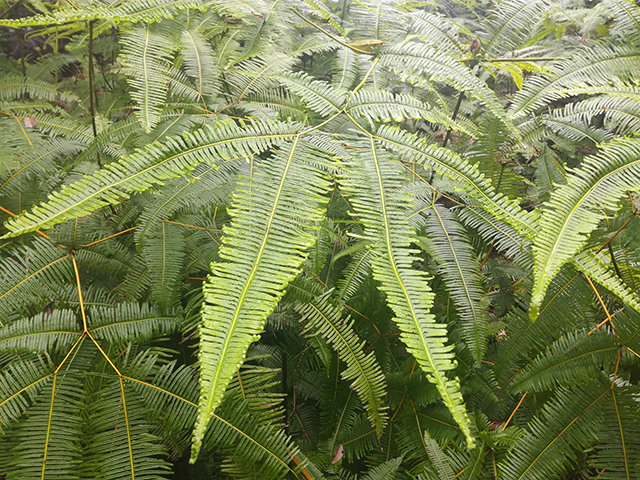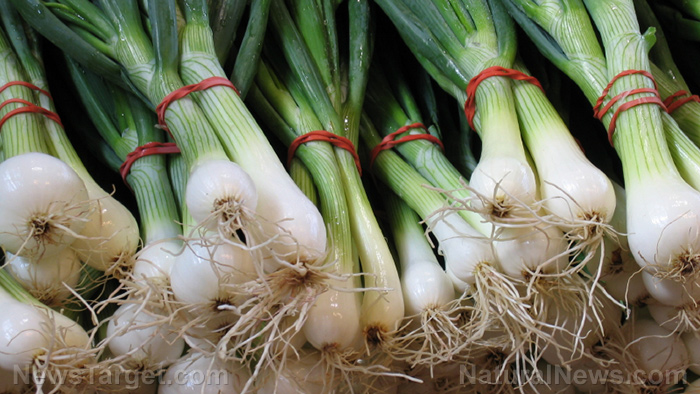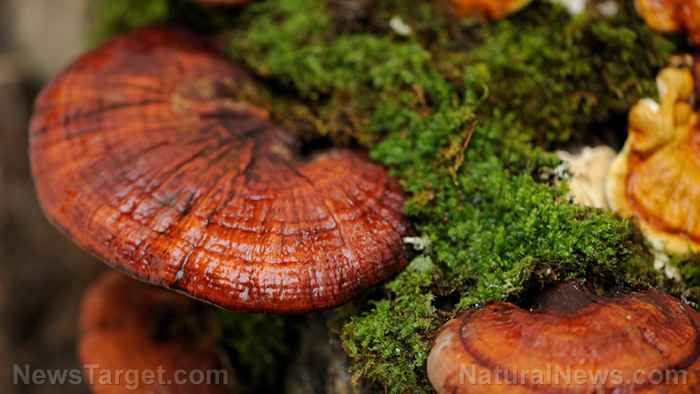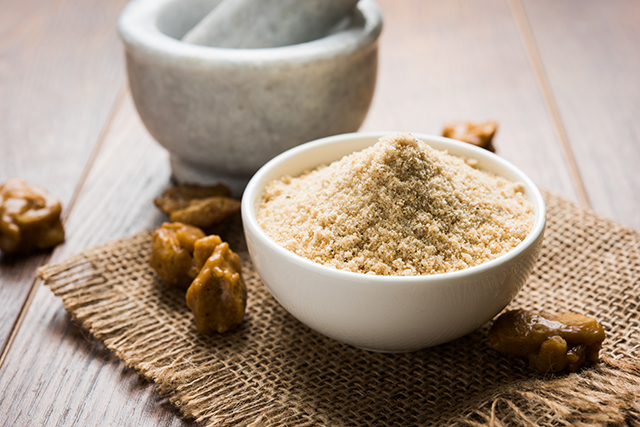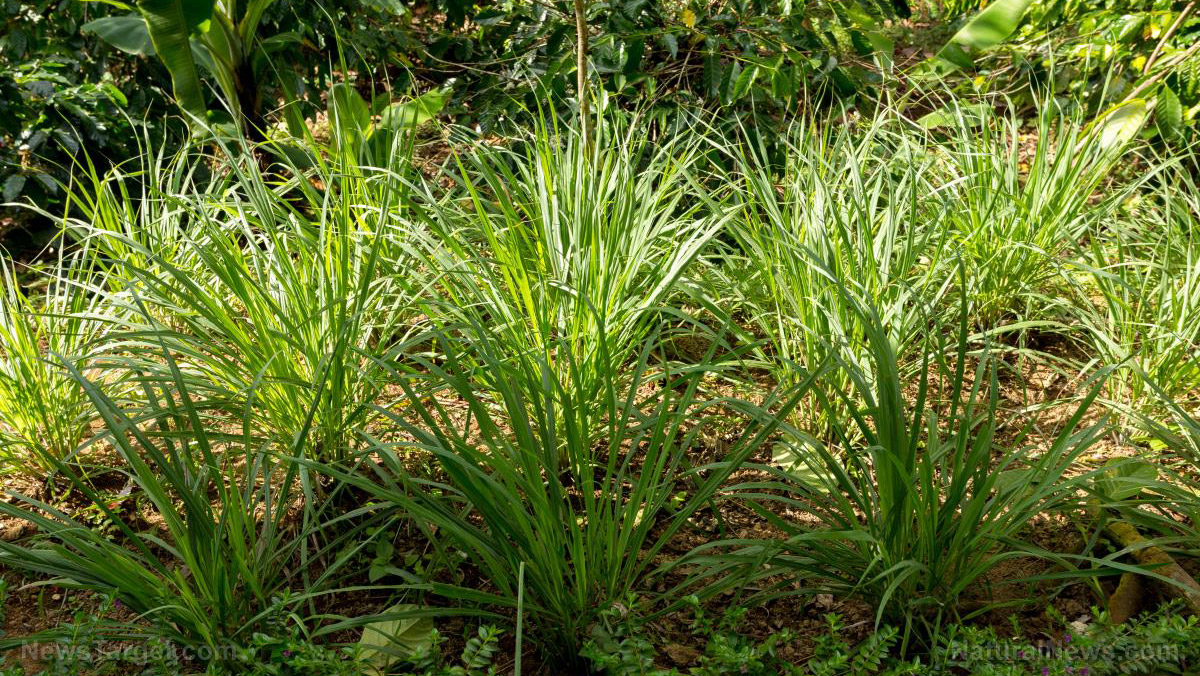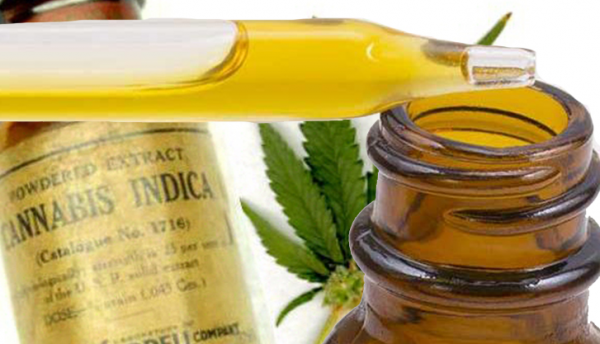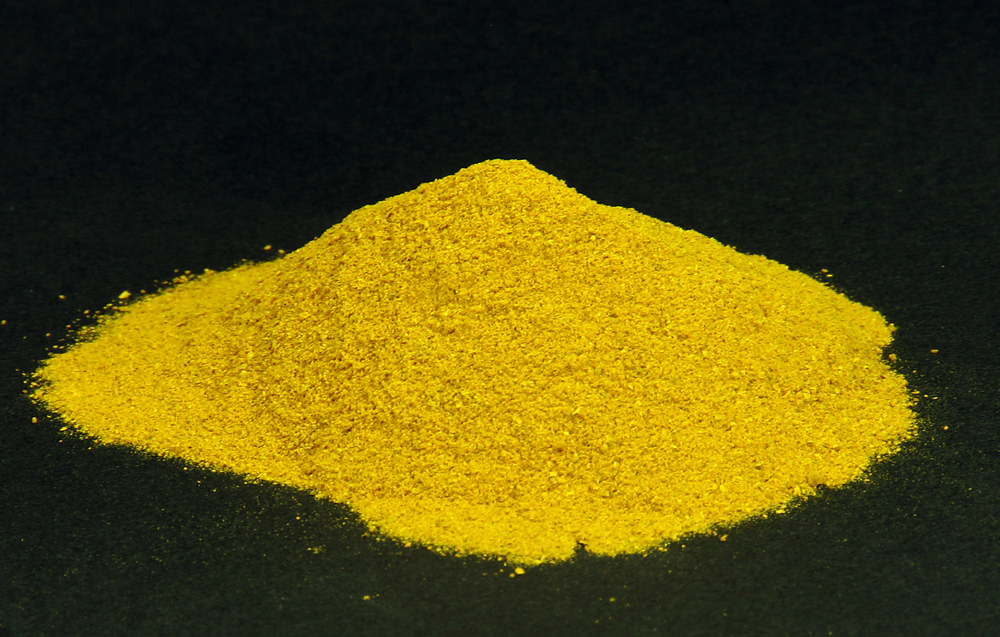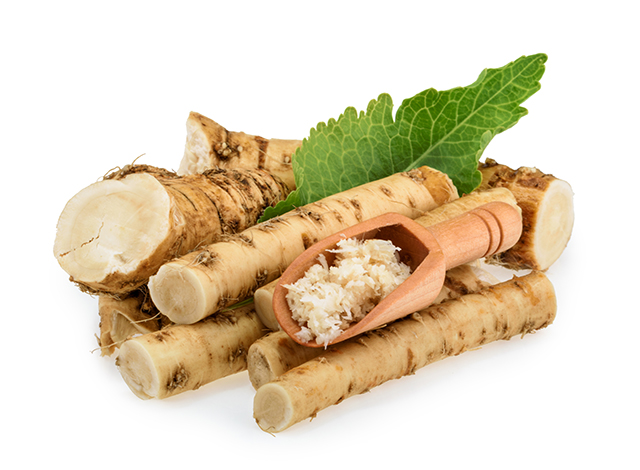Drink more black ginseng tea to prevent diabetes
07/08/2018 / By Ralph Flores

Ginseng, a herb that’s been used in many traditional systems of medicine in Asia, can improve abnormally high levels of glucose, as well as blood cholesterol, to effectively regulate – or even prevent – Type 2 diabetes, according to a study by researchers from South Korea. In particular, researchers identified black ginseng, a derivative of the root that had undergone further processing, to be better than other forms, in terms of biological activities.
Different colors, different functions
A lot of people are familiar with the health properties of ginseng (Panax ginseng), and studies have reported that the herb is beneficial in treating conditions in the central nervous system, boosting cognitive performance, and even preventing fatigue.
However, the confusion comes when selecting ginseng, as these may come either in white or red – and more recently, black.
- Red ginseng, which has long been used in traditional Chinese medicine, is used to boost the immune system and improve heart health, among others. It’s also popular with men as a natural way to treat erectile dysfunction. To create red ginseng, raw ginseng is first steamed, then dried.
- White ginseng is mostly used to relieve stress and restore the body’s balance. It can also help alleviate physical and mental fatigue, as well as regulate bodily systems. This is made by simply air-drying raw ginseng roots.
- Black ginseng, a relatively new form of processed ginseng, is made by steaming and drying ginseng for a total of nine times, after which the resulting product is blackened due to the Maillard reaction. Earlier studies have noted that this prolonged heat-treatment improves the antioxidant capacity of black ginseng.
“The biological and pharmacological activities of steam-processed ginseng are greater than that of nonsteamed ginseng,” the researchers wrote. “During the steaming and drying process, the percentage of main ingredients including saponin, ginsenosides, proteins, and phenolics is altered, because of newly produced active ingredients.”
In the study, the team discovered new forms of ginsenosides (the active ingredient in ginseng) that were more potent than either red or white ginseng. This meant that black ginseng contained more antioxidant activity, which can prevent the development of cancer and diabetes and improve recovery time from memory and learning damages.
For the study, researchers evaluated the anti-diabetes effects of black ginseng extract (GBG05-FF) in mice that had Type 2 diabetes. The mice were placed into either the control or experimental group, with the latter fed with 300 mg per kilogram of body weight of a GBG05-FF supplement. The experiment ran for four weeks, with the team measuring their weights every week. At the end of the test, blood, as well as liver and muscle samples, were harvested for further analysis. In particular, the glucose expression in the liver and skeletal muscles, as well as fat buildup in the liver, were examined to determine whether GBG05-FF possessed anti-diabetes activity.
The researchers found that the ginsenosides present in black ginseng were more potent than those present in white ginseng. This meant that the health benefits that black ginseng contains can better interact with the body.
They also discovered that mice given GBG05-FF had better regulation of insulin and glucose – two key compounds in the development of diabetes. It also decreased the lipid accumulation and muscle damage in the liver caused by Type 2 diabetes. The extract was also able to inhibit glucose production from the AMPK protein while enhancing phosphorylation, effectively breaking down glucose into energy. (Related: Ginseng Found Highly Effective for Weight Loss and Diabetes Control.)
The findings of the research suggest that black ginseng could effectively regulate abnormally high levels of glucose and cholesterol in the bloodstream. This could be helpful in managing – and even preventing – the development of diabetes and similar conditions. According to the researchers, this could be very useful in producing functional food in the future.
“Black ginsengs might play an important role in the development of promising functional foods and drugs from the viewpoint of the chemical composition and biological activities of black ginsengs with a distinction from those of white and red ginsengs,” they added.
Making ginseng tea
For those looking to get the most out of black ginseng, making it into tea is the best way to do it. This could also work for other forms of ginseng, such as red and white.
What you’ll need:
- Black ginseng root
- Honey, to taste
- 5 cups of water
How to do it:
- Peel the ginseng root into very thin slices.
- Coat it with honey and let it sit for around 15 minutes.
- Pour very hot (not boiling) water over the coated ginseng, and let it steep for at least five to 10 minutes.
- Scoop out the ginseng slices and enjoy.
However, black ginseng – or any kind of ginseng – comes with a warning. Ginseng is a stimulant, and using it constantly can lead to insomnia. To make the most of its effects, use it on a cycle.
Pregnant women and those with existing medical conditions or those who are taking medication should consult their healthcare professional before taking ginseng. Those who plan to take ginseng with other herbs that cause alertness should also consult a healthcare professional.
If you want to learn more about the health benefits of all the different ginsengs – visit Food.news today.
Sources include:
Tagged Under: antioxidants, black ginseng, functional food, ginseng, herbal medicine, Herbs, natural cures, natural health, natural medicine, natural remedies, recipes, research, science, supplements, Type 2 Diabetes

